Preserving and protecting the environment and promoting resource efficiency.
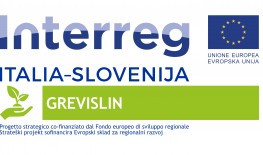
Protecting and promoting natural and cultural resources
The main objective of GREVISLIN was to develop a cohesive, integrated and sustainable cross-border area with a clear long-term strategy in the management of green infrastructure, to strengthen awareness and measures for sustainable cross-border development. The objective implements a specific point of the programme to strengthen integrated ecosystem management for sustainable development (green infrastructure planning, water monitoring and pilot actions).
The challenge was to establish long-term cross-border strategic planning to develop and protect green infrastructure, monitor water and habitat biodiversity, implement pilot activities and investments for the creation of green infrastructure in NATURA 2000 and raise awareness of the target on the sustainability of water resources, protected areas and forest and agricultural land. The objective was to develop an area of cross-border cooperation with a clear long-term, comprehensive and sustainable strategy in the area of green infrastructure, awareness raising and measures for sustainable cross-border development. This was be achieved through pilot activities and the identification of good practices that was raise awareness among local communities, farmers and visitors to protected areas of the importance and efficiency of ecosystem services. This ensured improved results in the management of protected areas, the creation of green infrastructure and the use of ecosystem services, and contribute to environmental protection and sustainable development. Through cooperation, solutions was be found for planning and creating green infrastructure in the Isonzo area.
The main result of the GREVISLIN project was the long-term pilot implementation of strategic planning and development as well as protection of green infrastructure and ecosystem services and the introduction of cross-border monitoring of water status, which affected the improvement of species and habitats in Natura 2000 areas. There was also be a strong focus on awareness-raising and training target groups. The cross-border area, which in addition to a high nature conservation content value - the conservation of species and habitats in Natura 2000 areas - also has great potential for the development of sustainable tourism. The main result of the GREVISLIN project was the cooperation between protected areas in the cross-border area in order to increase environmental protection and, at the same time, enhance the long-term impact on tourism development, create new green jobs and boost economic growth in the area.
The main result was consistent with the programming results of the specific objective "Improving ecosystem management and restoring biodiversity through green infrastructure and ecosystem services", as it contributed to the latter through the preparation of the long-term cross-border development plan for green infrastructure, the monitoring of water status, which had an impact on the improvement of habitats and species, pilot actions for the promotion of green infrastructure and the creation of new ecosystem services.
Lead Partner
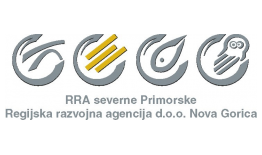
Project partner 1
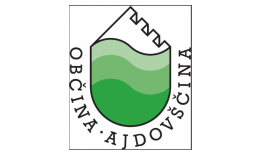
Project partner 2

Project partner 3
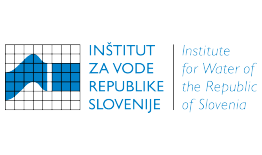
Project partner 4
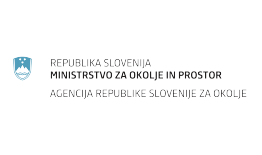
Project partner 5

Project partner 6

Project partner 7

Project partner 8
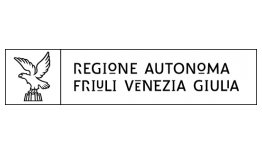
Project partner 9

Project partner 10

Project partner 11
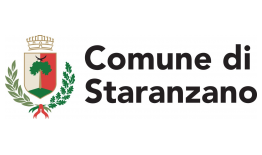
Project partner 12
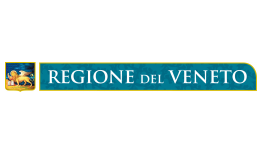
Project partner 13

1. Improve the management of the Isonzo (in particular for the Isonzo / Vipacco corridor) and Livenza basins on the basis of a cross-border development plan for long-term green infrastructures:
In introducing measures for the development of green infrastructure, it is very important to have an integrated approach to land management and careful strategic spatial planning in the cross-border area in question. As a result, from an early stage, all land users, policy makers and institutions were involved in the planning process for the development of green infrastructure, obliging them to take responsibility for implementing green infrastructure measures. Green infrastructure has helped to reconnect existing natural areas, improved the ecological quality of the area and preserve healthy ecosystems.
2. Strengthen cross-border cooperation in bilateral water status monitoring:
Cross-border cooperation in the field of water monitoring allowed long-term cooperation between Slovenia and Italy with the aim of establishing and implementing coherent cross-border monitoring of the ecological and chemical status of surface waters in areas of common interest in the Isonzo basin. This increased professional cooperation and the territorial water resource management system, and contributed to more sustainable and integrated management of cross-border water resources.
3. Implement pilot measures for green infrastructures and improve the management of areas with greater protection in order to strengthen ecosystem services, raising awareness and informing the public:
The implementation of pilot measures for green infrastructure allowed the development of ecosystem services and the regulation of flood protection areas. A great deal of attention has been paid to raising public awareness, particularly regarding the sustainable use of natural resources, the management of wetlands for the conservation of biodiversity and the linking of remote areas with thematic pathways in Natura 2000 sites. Pilot measures promoted a smarter and more integrated approach to sustainable development. These measures have been an investment in nature, economy and green job creation, providing environmentally friendly, sustainable and cost-effective solutions.